F1 or Formula 1 is the highest class of international racing, sanctioned by the Fédération Internationale de l’Automobile or FiA. The very first inaugural season of F1 took place in 1950. Since then there have been numerous changes in the sport, may it be in terms of the cars or the rules. Unlike popular belief, Formula 1 racing has one of the most strenuous sets of rules to be followed by the teams, so much so that the word ‘Formula’ in the name itself means a set of rules.
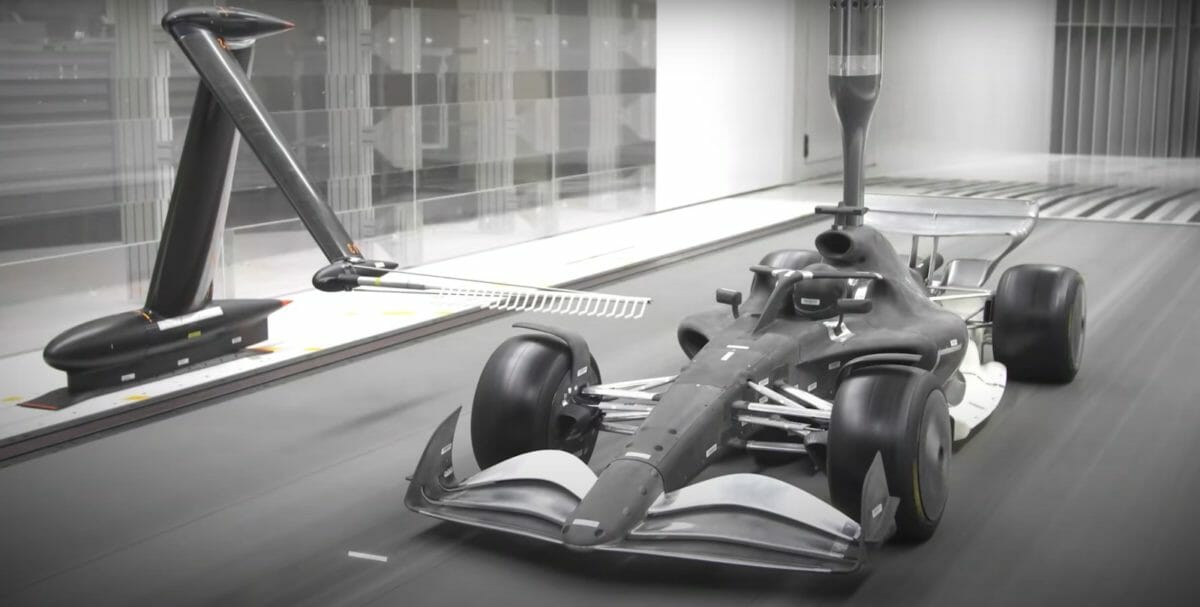
It is no news that technology has come a far way. Even in F1, there has been a radical change in cars. Formula 1 has always taken up the task of building and re-building upon old technology to ensure that the sport can be kept alive by giving a better track experience for both the driver and the audience. While innovations like Drag Reduction System (DRS) seemed to be the cornerstone of racing, Formula 1 claims that the new technology aimed to be released by 2022 will change the complete dynamic of the sport.
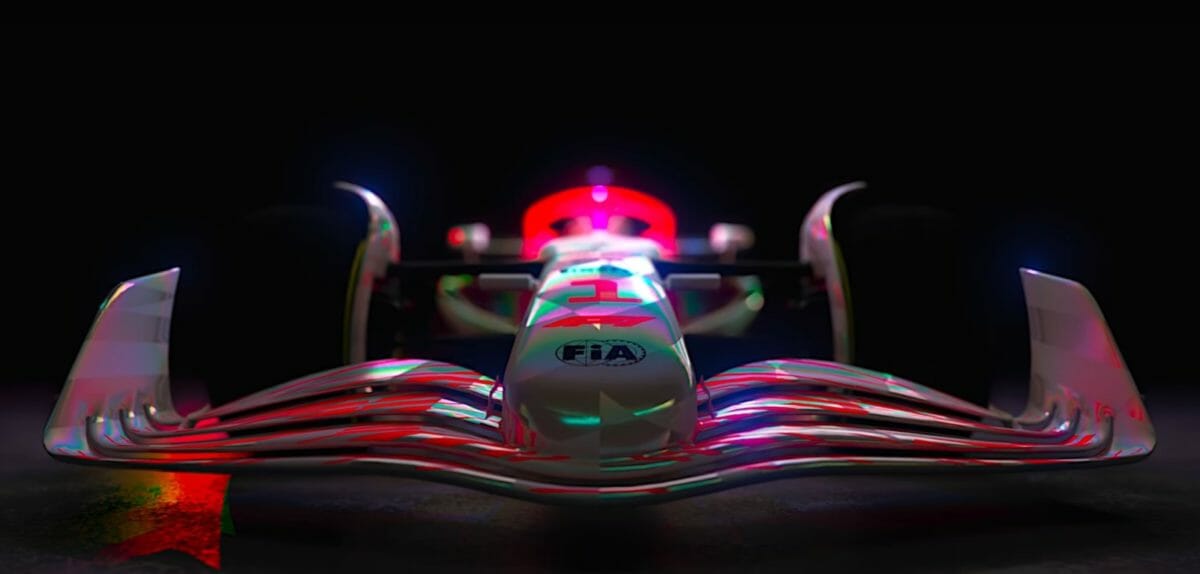
What goes on till now?
This so-called radical change has its roots in the design of F1 cars. The single-seater cars used in F1 are extremely lightweight. While that can be very useful when it comes to achieving high top speeds, it comes at the cost of handling around corners. To give the cars a better grip, we make use of downforce (air pushing the car down). Now as the car paces forward, it results in a disrupted stream of air. The driver following the first car does not get the same amount of downforce from the ‘Dirty Air’ and loses stability. Current cars experience a 35 percent loss of downforce at a distance of 20 meters and a 46 percent loss at a 10-meter distance.
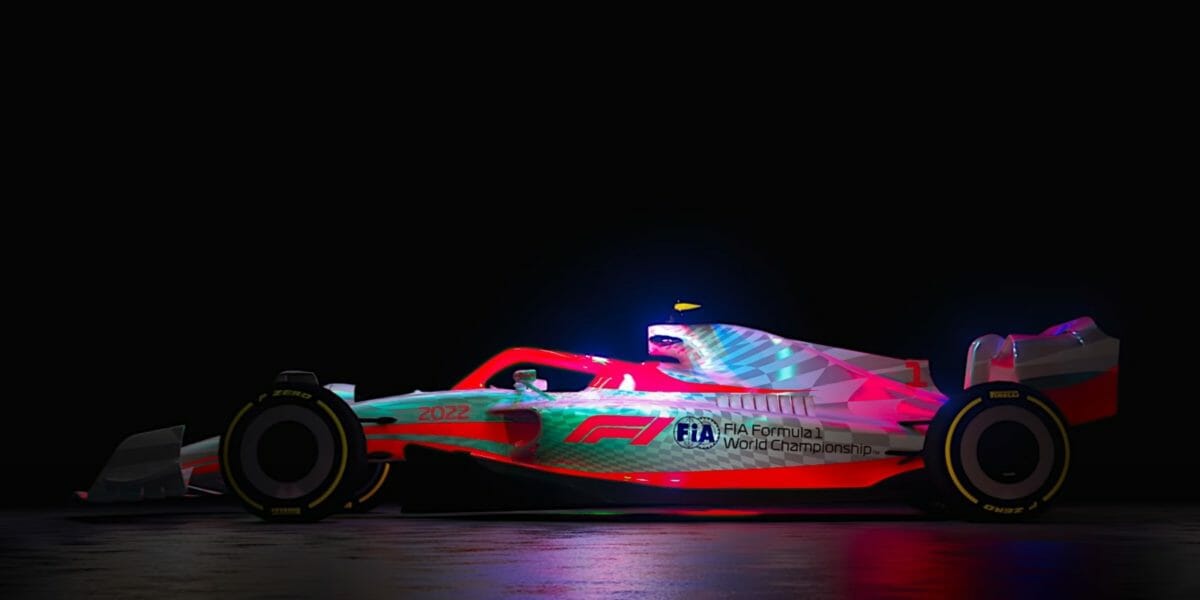
What exactly is new?
The design changes in the new cars shall combat the problem of dirty air. In 2022 the front nose and wing design will be changed. Not only that even the rear wing will be shaped differently. All of this will help in pushing the air upwards and leaving a cleaner trail for the driver behind. Even the floor of the 2022 cars is designed in a way to provide better downforce and lesser disruption of air. All of this combined the new cars will experience a 4 percent loss of downforce at a 20-meter distance and an 18 percent loss at a 10-meter distance.
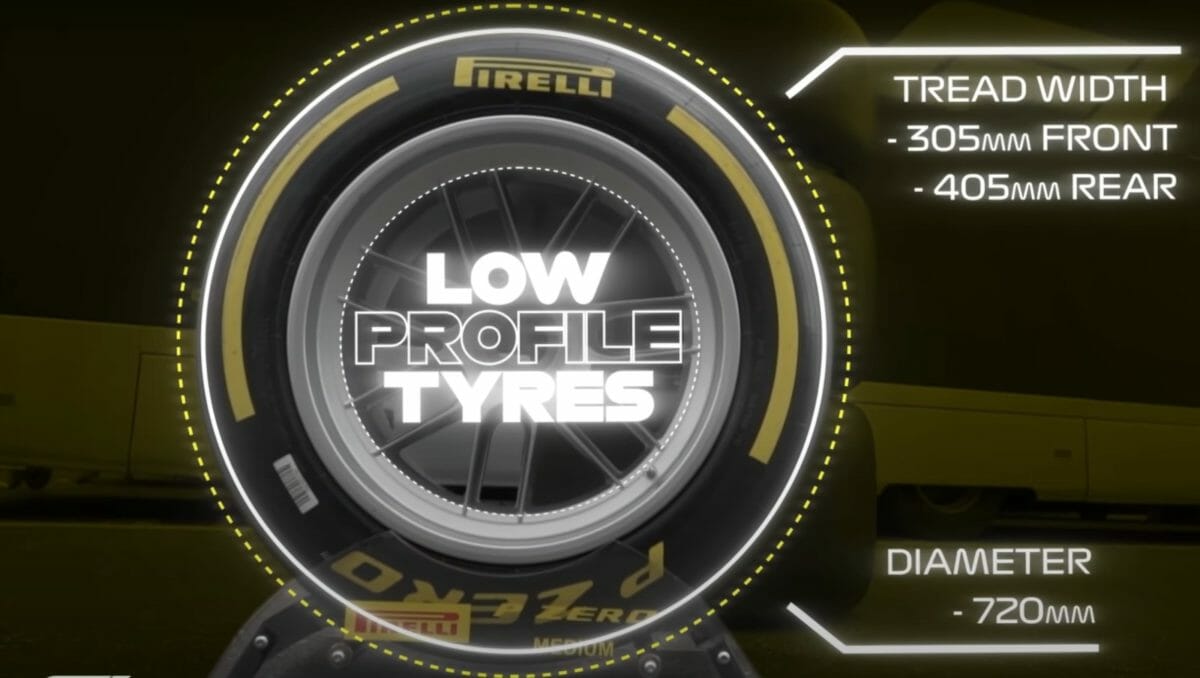
Another change is seen in the wheel sizes, which have upsized from 13-inch to 18-inch in 2022 models. We will also get to see wheel covers and over-the-wheel winglets to correct airflow and reduce overheating. Additional sensor units will also be added inside the engine compartment, for better analysis by the FiA. But the biggest change of all remains the new fuel, known as E-10, which will contain 10 percent ethanol and could have a near-zero carbon footprint. And keeping in mind the Bahrain, Romain Grosjean crash, cars will need to be able to withstand 15 percent more energy at the front and rear. This iteration of the car is called ‘Uniform’ and will be the 21st formal version of the design.
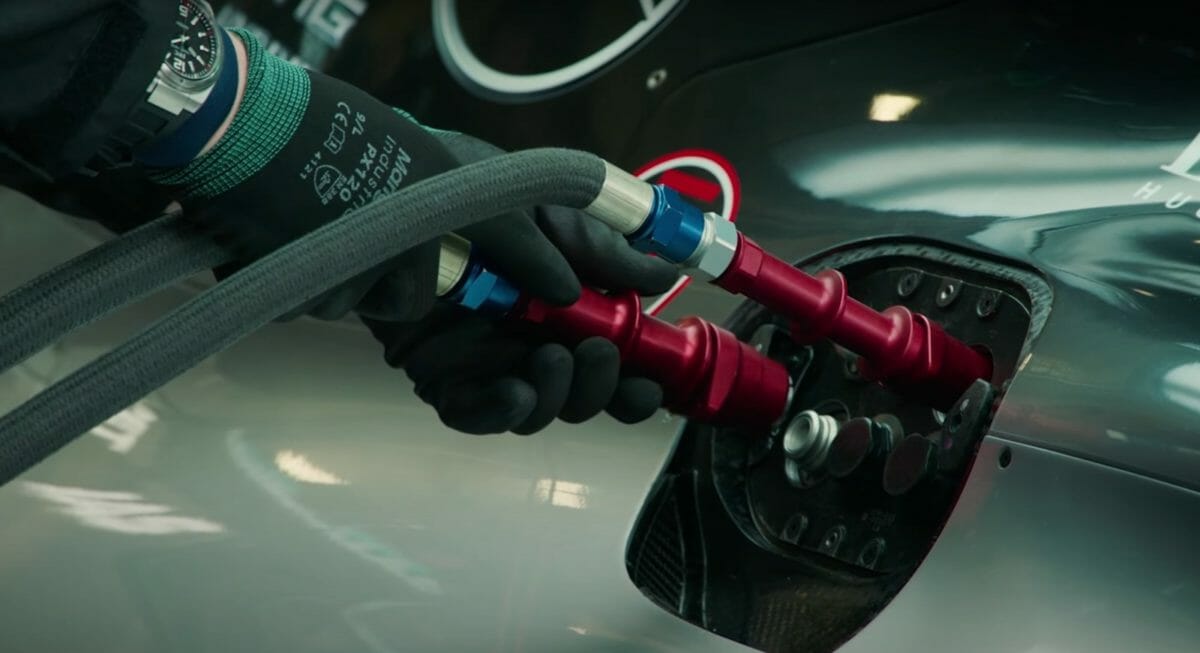
What does this amount to?
While all the new elements might seem subtle and small, they add up to give a big change. Drivers would now get additional downforce helping them in going around corners faster than ever. The lesser disruption in airflow would mean that drivers can follow a car much closely and that too without losing stability. The E-10 fuel will help keep F1 as green as possible and the newer safety standards will ensure better protection of drivers.
